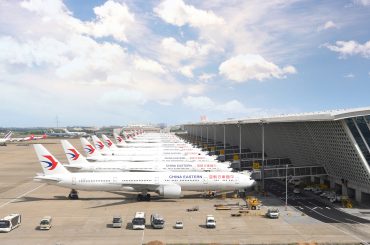Airlines are increasingly seeking to capture back value from aircraft orders, often eyeing side deals involving their growing MRO divisions. So seems to be the case for Korean Air selecting Pratt & Whitney’s GTF to power its A321neo aircraft.
Korean’s order for 30 firm A321s with 20 options was made in 2015 but the engine selection was not announced until this week at the Singapore Airshow. The first aircraft is due for delivery next year.
P&W says it has started discussions for Korean Air’s Maintenance and Engineering Division to join P&W’s PW1100G-JM GTF MRO network.
From a Korean Air perspective, the deal is all but done. Korean COO Soo-Keun Lee said in a statement, “Joining the GTF MRO network is a significant milestone that will allow Korean Air to enhance its MRO capability.”
Besides being able to do more of the work on its own engines, the deal could help Korean Air support other airlines. That is part of its target to gain more third-party MRO revenue, although its competitors can have lower labour costs and greater availability.
This is not the first time Korean has selected P&W powerplants for short-haul aircraft, but is the first time Korean has selected P&W from a multi-supplier option. Its 10 A220s have P&W s the sole engine source.
Unlike other airlines, Korean has a parts manufacturing division. This includes components for aircraft it flies (raked wingtips on Boeing widebodies) and parts for aircraft it does not operate or yet have on order (A350 cargo doors).
Korean may already be well-versed in broadly seeking third-party opportunities, but it could also help that its joint-venture partner and minority owner Delta Air Lines has a similar strategy with MRO.
“It really stems from partnerships with Pratt & Whitney and Rolls-Royce,” Delta COO Gil West said last December at Delta’s investor day briefing.
“Those companies approached us because they knew about our core competencies in MRO. They needed those competencies. And we consummated our agreement through one of our aircraft orders a few years back.”
Besides revenue benefit, West said the agreement “gives us some unique insights into the whole life cycle of those engines, which we can better manage ultimately for the business.”
Korean’s aerospace division, which manufactures parts, had revenue of US$582 million in 2018, the most recent year accounts are available for. The division had an operating income of US$13m, or a 2% margin. Preliminary 2019 figures report $76m revenue growth but do not state profit contribution.
Delta CEO Ed Bastian said its MRO business has a higher but unspecified margin contribution than its passenger business.










